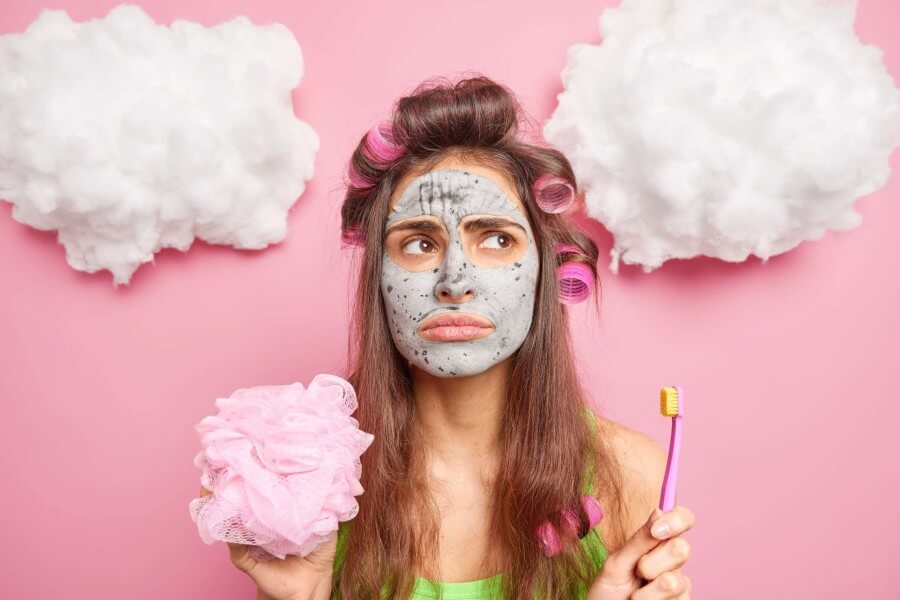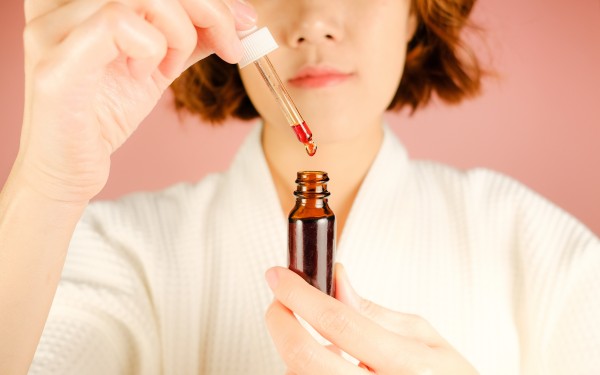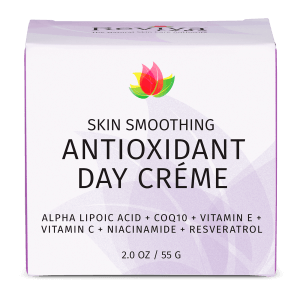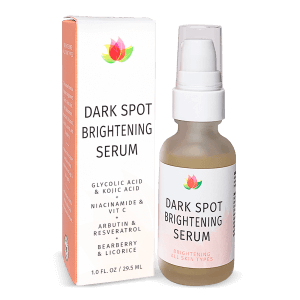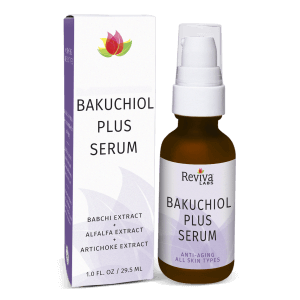Ingredients, Reviva Labs, Skin Care
Focus on preventing rather than correcting skin damage with your skin care
Everyone wants smooth, clear skin—as soon as possible. Today’s consumers are much more aware of the importance of skin care and more inclined to invest in a product that will give them the results they desire. Therefore, the market is now saturated with innovative anti-aging products. But how do you choose?
It’s important to acknowledge that most skin care cannot achieve miracles, so it’s critical to understand what each product does before buying it. There are two major categories of skin care: Corrective and Preventative. Understanding which one you need is essential if you want to invest wisely in your skin care routine. Let’s see why prevention is the key for long-lasting and healthy-looking skin…
What is skin care?
Skin care is a range of products that are designed to improve the appearance of your skin. It may come in the form of cleansing, moisturizing, exfoliating, or anti-aging products. Skin care products are also known as cosmetics, and there are two main categories: Correcting skin care includes products that treat a specific skin concern, such as reducing redness or improving the appearance of acne scars. Preventing skin care includes broad-spectrum sunscreen and products that help your skin retain moisture or that avoid accumulating damage.
Correcting Skin Care
The idea behind corrective skin care is that we are treating something that is already there—an acne spot, dark circles under the eyes, or a patch of dry skin. The challenge though, is you need to reverse and/or correct damage. Corrective skin care is usually more advanced and utilizes more robust ingredients. In today’s world that means peptides, retinol, or other novel, but effective ingredients.
Correcting skin care products are designed to treat or reduce a specific skin concern. This means that once you stop using the product, the skin concern will reappear. For example, if you use a cream to reduce dark circles under your eyes, the dark circles will come back once you stop using the product.
It may also go beyond topical application of skin care. It may include peels, micro-needling, dermaplaning, lasers, or other light therapies. But by necessity, corrective skin care is always more aggressive in nature and application – which is always more expensive and difficult than preventing damage.
It’s always better to prevent skin issues rather than having to correct them after the fact.
However, if you’re proactive, you can work to avoid the major causes of skin damage. A simple daily skin care routine can help avert the need for future corrective skin care. So, what are the leading causes of skin damage?
UV light exposure and skin damage
The most common visible skin damage is caused by excessive ultraviolet (UV) light exposure. UV light comes from the sun or tanning beds. UV light has two types: UV-A and UV-B. UV-A is found throughout the year, while UV-B is more intense in midsummer. UV-A causes wrinkles, dark spots, and loss of collagen. UV-B causes eye irritation, skin dryness, discoloration and is responsible for sunburn and skin discoloration. Both contribute to short term and long-term skin damage. But this damage can be prevented – negating the need in future years to correct skin damage.
Wrinkles and skin damage
Wrinkles, which appear as fine or deep lines on the skin, are primarily caused by the drop in production of collagen in the skin along with repetitive motion. Collagen is a protein that gives the skin its firmness and elasticity. UV light damages the cells in the upper layer of the skin, which reduces the amount of collagen in the skin and as we age – plus the body’s innate ability to produce collagen decreases over time. This causes wrinkles to develop – especially in areas with repeated movements (think the forehead, mouth area, eye area, etc.).
The lessening of collagen (and elastin) in the skin’s matrix also leads to slackening skin that can sag as gravity pulls on it for years. This leads to jowls, and nasolabial fold, and other signs of aging. Sagging skin can also contribute to wrinkle formation or simply making them appear worse. Correcting these deep structural flaws in the skin later in life can require intense solutions and correction. So, again it’s smarter to avoid or to actively prevent these issues from developing.
Acne and skin damage
The term acne refers to pimples that appear on the face, neck, and shoulders because of the overproduction of sebum, an oily substance that moisturizes the skin and hair. Sebum is excreted by the sebaceous glands, which are found all over the body. Excessive sebum can clog pores and make them a breeding ground for bacteria. Combined with skin rubbing caused by picking or squeezing, acne lesions are formed.
Acne lesions are primarily caused by bacteria called Propionibacterium acnes. Infected pores cause inflammation as the body tries to clear them out. This causes redness, swelling and pain. As the infection progresses, pus-filled cysts form. Acne can be treated with antibiotics and special ingredients such as salicylic acid or benzoyl peroxide that reduce the oil production of the sebaceous glands.
Most acne treatments have benzoyl peroxide, salicylic acid, or retinol. These are the ingredients that have been scientifically proven to reduce acne. When you’re looking to treat acne, you want something that targets the root cause of the problem, not just the symptoms. With acne treatment products, you’ll find ingredients that target the main source of acne: pores clogged with sebum and dead skin cells. However, for serious forms of acne (i.e., cystic, fungal, etc.), treatment by a dermatologist is crucial and recommended.
Preventative Skin Care
The idea behind Preventative skin care is to keep our skin in the best condition possible. You want to avoid wrinkles and fine lines, while also protecting your skin from sun damage. To do that, you will need a sunscreen. Sunscreen is a must for nearly everyone. It is designed to protect you from UV rays and shield your skin from the damage they can cause. It’s important to know that not all sunscreens are created equally.
If you go to the store, you’ll see that there are many different options. What you want to make sure of is that it protects you from both UVA and UVB rays. This is what you need to look for when choosing your sunscreen. Ideally, you’ll want to pick one that has a decent SPF rating, for everyday use. Though if you’ll be out in the sun, make sure you reapply it regularly.
Avoiding the damage UVA and UVB rays cause is critical to limiting the signs of aging. You’ve probably seen the images of truck drivers who’ve spent years exposing one side of their face to the sun – the sun exposed side looks much older. Or you likely know the person who religiously protects their face but neglected their neck and décolleté or hands. So, apply your sunscreen and you’ll help prevent the biggest cause of skin aging.
Why prevention is more important than correction?
If you can prevent developing wrinkles (or at least slow or reduce their appearance) then you’ll delay having to correct them. And when you do eventually develop wrinkles, since no one is immune to the ravages of time, they should be less, and your skin should be healthier overall. Healthier skin will protect you and itself better.
Corrective skin care also requires continual maintenance for optimum effectiveness. That is, if you stop using a product, your skin issues will slowly return. Results can also be slower when trying to correct skin damage. And correcting skin problems can be an expensive proposition. It’s always better to prevent skin issues rather than having to correct them after the fact.
There is no question that skin care products can do a lot for your skin. When you’re browsing the shelves and choosing a product, make sure you know what you’re buying. Preventative skin care products are designed to keep your skin in good condition for longer, even if you stop using them. While corrective skin care is more aggressive but requires ongoing use to lessen or reverse your existing skin issues. No matter which option you choose, it’s important that you take care of your skin. Your skin is your largest organ, and the one people notice first. So, it’s crucial that you invest in the best skin care products available.



